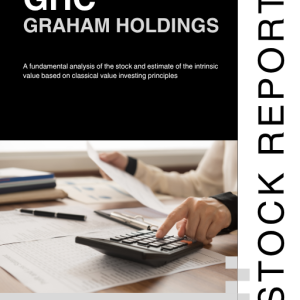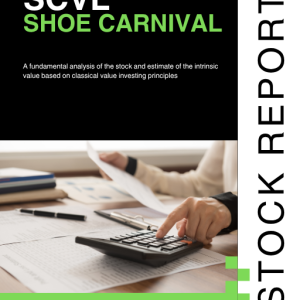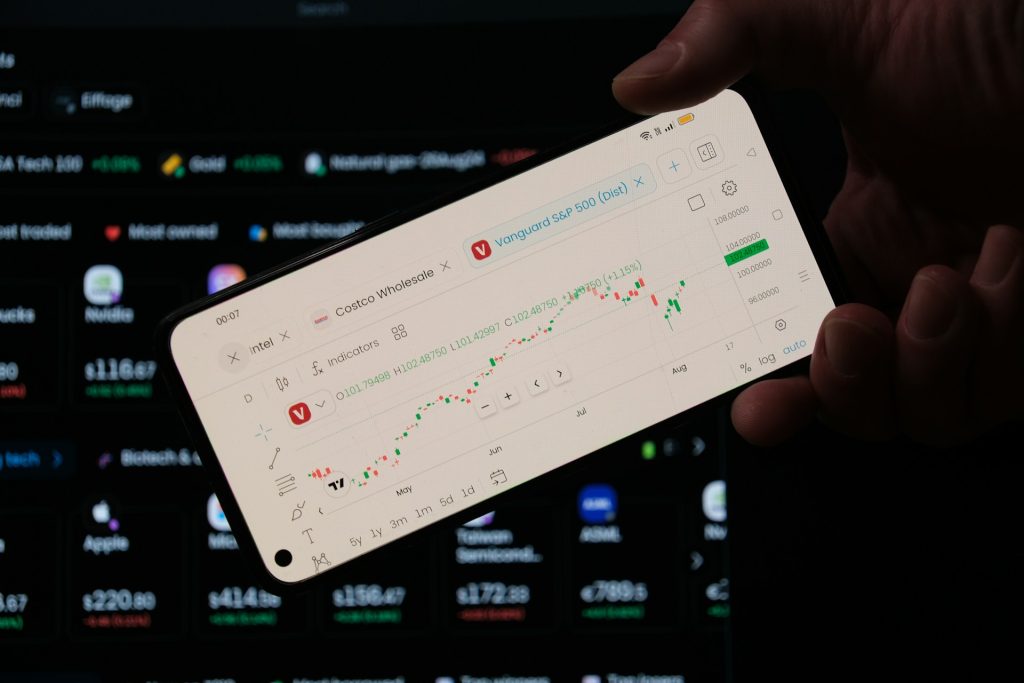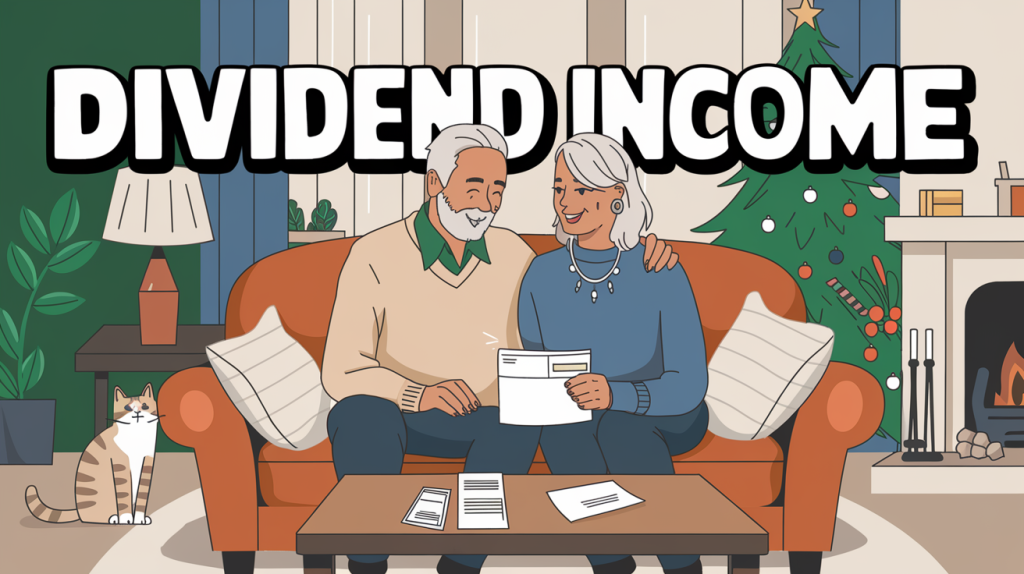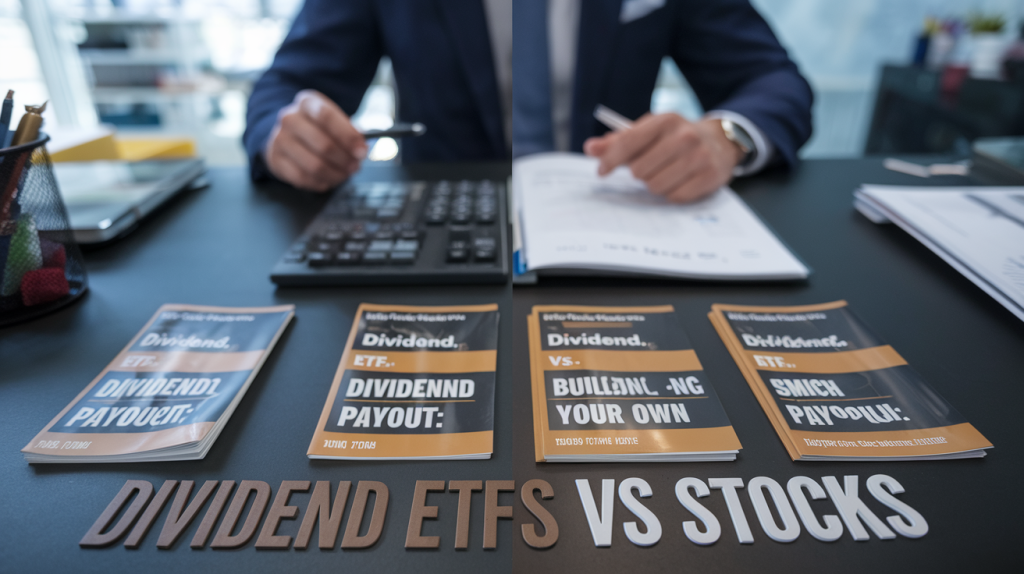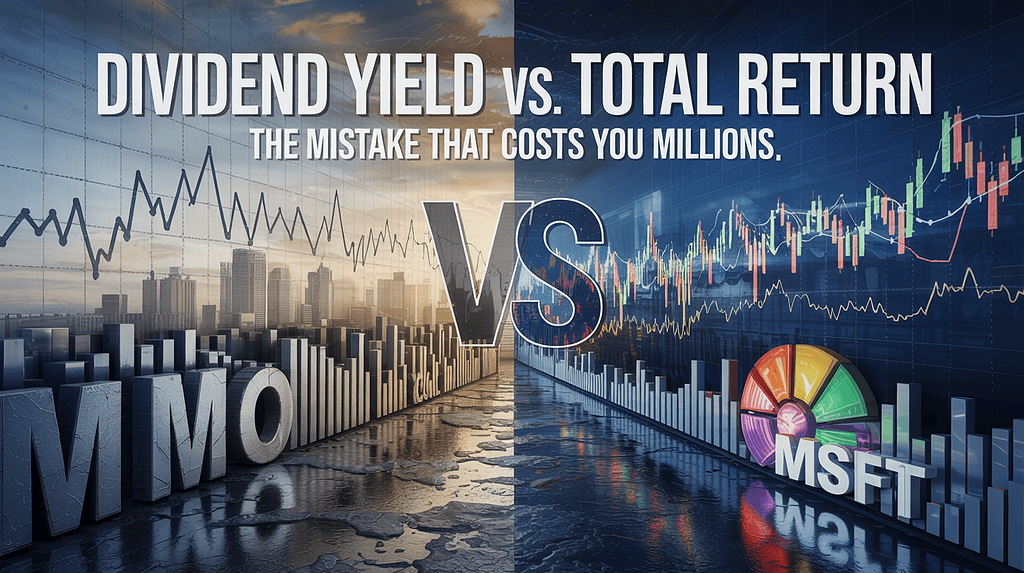
High-yield covered call funds are gaining popularity among income-focused investors. With the promise of steady cash flow and enhanced yields, they seem like an obvious choice for anyone looking to generate passive income. But do these funds truly deliver on their promise, or are there significant trade-offs hidden beneath the surface? This article considers how these funds work, their pros and cons, and whether they deserve a place in your portfolio.
What Are High-Yield Covered Call Funds?
At their core, covered call funds are income-generating vehicles that use a specific options strategy. The fund owns a portfolio of stocks or ETFs and sells call options on those holdings. The premiums collected from selling the options generate income, creating the high yields these funds advertise.
Covered call funds typically target dividend-paying stocks or ETFs, adding another layer of income to the mix. With yields often exceeding 7-10%, they stand out in today’s low-yield environment, making them especially attractive to retirees or investors seeking regular cash flow. However, there is a tradeoff: selling call options caps the upside potential of the underlying assets. If the stock price surges above the strike price, the fund misses out on those gains, leaving you with the premium but no additional appreciation.
The Benefits of Covered Call Funds
High-yield covered call funds offer several advantages that make them appealing to certain types of investors. One major benefit is consistent income. The premiums from writing call options provide a steady stream of cash flow, regardless of market conditions. This reliability is particularly valuable for those who depend on investments for income.
Another advantage is enhanced yield. These funds often boast yields significantly higher than bonds, REITs, or traditional dividend-paying stocks, making them attractive in a low-interest-rate environment. Covered call funds also provide a downside cushion. The income generated from option premiums can help offset losses when markets decline, offering some protection against volatility. While not a complete hedge, this feature can make them a more stable choice compared to purely growth-focused investments.
Tax efficiency is another factor to consider. In many cases, option premiums are treated as a return of capital, which can offer tax advantages over traditional dividends. This structure can be particularly beneficial for investors looking to manage taxable income strategically. While these benefits sound compelling, they come with significant limitations and risks that need to be carefully considered.
The Risks and Drawbacks
High-yield covered call funds are not without their pitfalls. One major concern is the capped upside. By selling call options, the fund sacrifices potential capital appreciation. This can be a significant drawback during bull markets when stocks are climbing.
Another issue is market dependency. The effectiveness of covered call strategies hinges on market volatility. Low volatility environments reduce option premiums, directly impacting fund payouts. Additionally, many of these funds come with high expense ratios, which eat into returns and make it harder to justify their inclusion in a portfolio. Some covered call funds also lean heavily into specific sectors, such as technology, making them less diversified than broader market investments. These risks mean that covered call funds are far from a one-size-fits-all solution. Understanding these trade-offs is critical before making an investment decision.
Who Should Consider High-Yield Covered Call Funds?
Covered call funds are not for everyone. They work best for investors with specific goals and circumstances. They are ideal for income seekers who prioritize reliable monthly cash flow. Retirees looking to supplement other income sources such as pensions or Social Security may also find these funds attractive. Additionally, investors with a low-risk tolerance who prefer predictable income over capital gains might find them useful.
If you are an income investor who wants to incorporate these funds in your portfolio, consider diversifying across strategies. You may want to add other high-yield funds such as preferred equity, BDCs, bank loan funds, or MLPs to gain exposure to different performance factors.
However, these funds are less suited to investors seeking long-term growth or those who prioritize portfolio appreciation over income. Their capped upside limits their effectiveness in high-growth markets, making them more appropriate for those prioritizing stability over aggressive capital gains. Due to the tax treatment of income, it may be advisable to invest in these funds in a tax-advantaged account.
Real-World Examples: How Have These Funds Performed?
Several well-known covered call funds illustrate how this strategy plays out in practice. QYLD, the Global X Nasdaq 100 Covered Call ETF, offers a high yield by writing calls on Nasdaq 100 stocks but has underperformed the index due to its capped upside. JEPI, the JPMorgan Equity Premium Income ETF, is a lower-volatility option that balances income with modest capital appreciation. JEPQ is a similar fund based on the Nasdaq 100 index. XYLD, the Global X S&P 500 Covered Call ETF, mirrors the performance of the S&P 500 with added income but struggles to match the market’s total return potential.
Neos has a few funds that use similar strategies but augment them with tax-loss harvesting techniques. The ETFs SPYI, QQQI, and IWMI are relatively new but have demonstrated promising track records so far. Roundhill funds QDTE, RDTE, and XDTE use 0DTE options to generate daily income that is paid out on a weekly basis.
While these funds consistently generate income, they often lag traditional equity investments in total returns during strong market periods. This makes them better suited for stable income rather than wealth accumulation.
Are High-Yield Covered Call Funds Worth It?
The answer depends on your financial goals. For those who prioritize cash flow and can tolerate capped growth, these funds could be a strong addition to a portfolio. Investors seeking to maximize capital appreciation, however, may find that the capped upside limits their potential gains.
To decide, weigh the benefits against the limitations. Consider how these funds fit into your broader investment strategy. For many, they can complement other investments but shouldn’t dominate a portfolio.
Conclusion
High-yield covered call funds can offer a compelling income stream, but they are far from perfect. They trade growth potential for consistency and come with risks that shouldn’t be ignored. If you’re looking for steady income and are willing to accept capped gains, these funds might be worth a closer look. For growth-oriented investors, however, the trade-offs may outweigh the benefits. Make sure you align these investments with your overall financial goals and risk tolerance before jumping in.
Featured products

Shailesh Kumar, MBA is the founder of Astute Investor’s Calculus, where he shares high-conviction small-cap value ideas, stock reports, and investing strategies.
His work has been featured in the New York Times and profiled on Wikipedia. He previously ran Value Stock Guide, one of the earliest value investing platforms online.
Subscribe to the Inner Circle to access premium stock reports and strategy insights.
Featured in:



